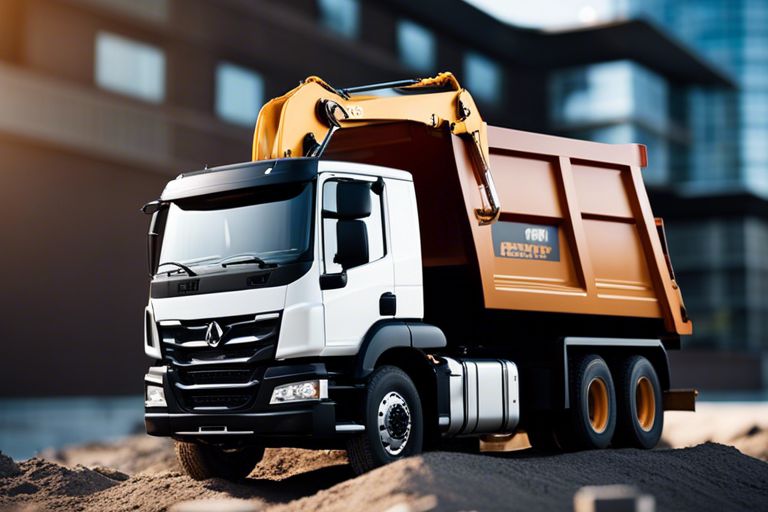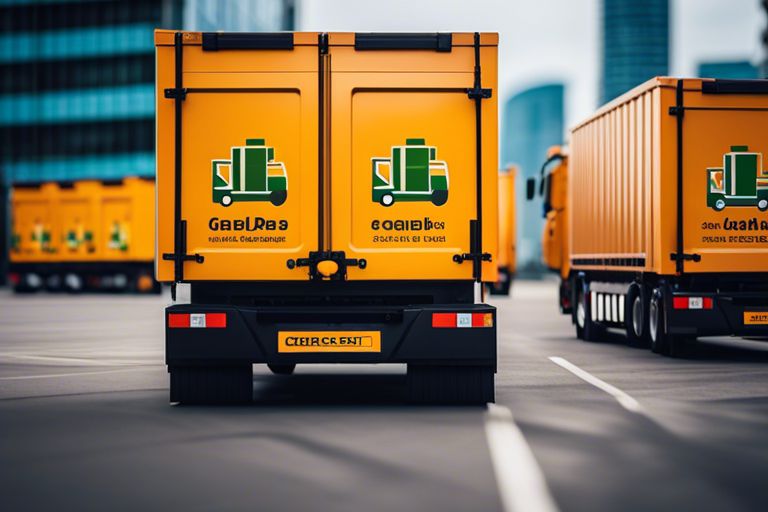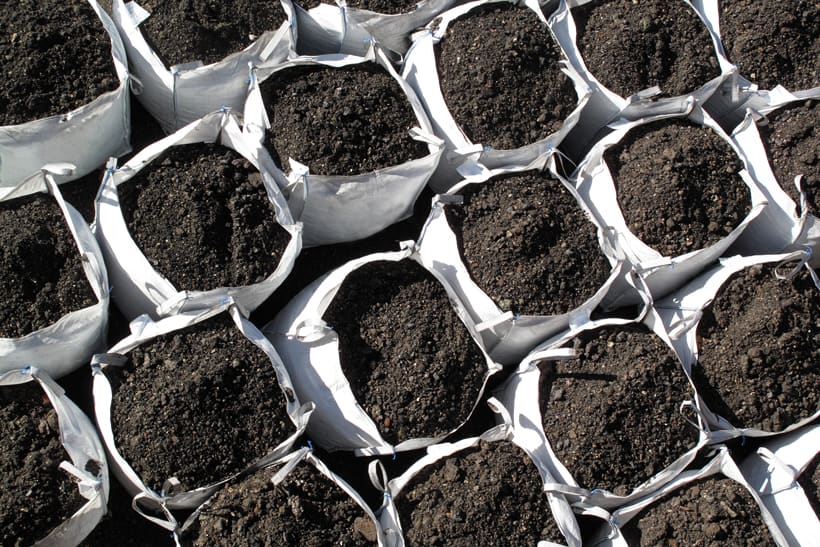A lorry, also known as a truck, plays a vital role in the transportation industry, moving goods across the UK efficiently. Understanding the dimensions, sizes, and legal limits of lorries is crucial for both drivers and fleet managers to ensure compliance with regulations. To investigate deeper into this topic, refer to the Guide to lorry types and weights provided by the government. In this crucial guide, we will explore the key factors that determine the permissible dimensions of lorries operating on UK roads, providing a comprehensive overview for those involved in the logistics sector.

Key Takeaways:
- UK Lorry Dimensions: Understanding the sizes, widths, and legal limits of lorries in the UK is crucial for safe and legal transportation on the roads.
- Maximum Width and Height: Lorries have set legal limits on their width of 2.55m and height of 4.95m, ensuring safety and compliance with regulations.
- Importance of Compliance: Adhering to the UK lorry dimensions and legal limits is crucial to avoid penalties, accidents, and ensure smooth transit on UK roads.
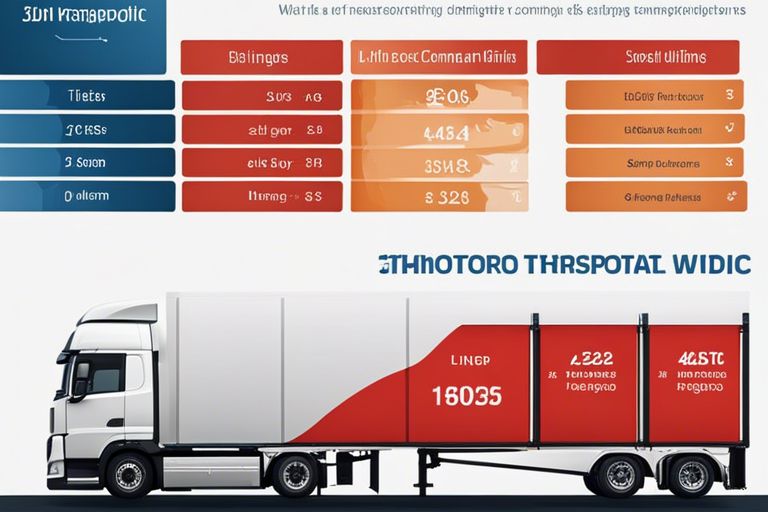
Understanding Lorry Dimensions
Length: Definition and Restrictions
Restrictions on lorry length are imperative to ensure safety on the roads. In the UK, the maximum length for a rigid lorry is 18.75 metres, while articulated lorries can be up to 16.5 metres in length. These restrictions help in maintaining stability and manoeuvrability while also preventing overloading.
Height: Standard Measurements and Constraints
The height of a lorry plays a crucial role in determining its compatibility with bridges, tunnels, and overhead obstacles. The standard maximum height for lorries in the UK is 4.95 metres. It is important to adhere to these measurements to avoid accidents and damages to both the lorry and surrounding structures.
Height can also impact the types of cargoes that can be transported, as taller lorries may struggle to access certain loading docks or warehouses with low clearance heights.
Navigating Lorry Widths
Maximum Allowable Widths in the UK
If you are a lorry operator in the UK, it is crucial to be aware of the maximum allowable widths for your vehicles. The legal limit for lorry widths in the UK is 2.55 metres, excluding any mirrors, lights, or other accessories. Exceeding this limit can result in penalties and fines, so it is important to adhere to these regulations.
Implications for Lorry Operators and Road Users
Implications for lorry operators and road users of not complying with the maximum allowable widths can be severe. Oversized lorries can pose safety risks, especially on narrow roads or when navigating tight spaces such as roundabouts and sharp corners. Additionally, non-compliance with width restrictions can lead to traffic congestion and infrastructure damage, impacting the overall efficiency of the transportation network.
A comprehensive understanding of the legal limits and implications of lorry widths is imperative for lorry operators to ensure compliance with regulations and promote safety on UK roads.
Weight Considerations and Legal Limits
Unlike lorry sizes and weights, weight considerations and legal limits play a crucial role in the safe operation of lorries on UK roads. Understanding and adhering to these regulations is crucial for both road safety and legal compliance.
Gross Vehicle Weight (GVW) Regulations
Any lorry operating in the UK must comply with Gross Vehicle Weight (GVW) regulations, which set the maximum permissible weight including the vehicle, cargo, fuel, and passengers. Exceeding this limit can result in fines, penalties, and even vehicle impoundment.
Axle Weight Limits and Distribution
On UK roads, lorries must also adhere to axle weight limits to prevent excessive strain on the road surface and bridges. It is crucial to distribute the load evenly across all axles to avoid overloading individual axles, which can lead to structural damage to the vehicle and pose a safety risk to other road users.
Axle weight limits and distribution are carefully monitored and enforced to ensure the safety of all road users and to protect the infrastructure from undue wear and tear. Lorries must be loaded in such a way that the weight is evenly distributed to comply with legal limits and prevent damage to the vehicle and road surfaces.
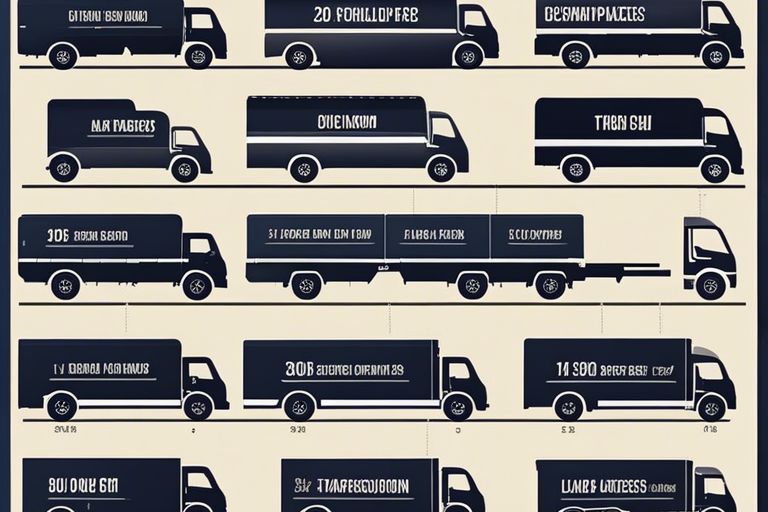
Compliance and Enforcement
Role of the Driver and Vehicle Standards Agency (DVSA)
After the establishment of the Driver and Vehicle Standards Agency (DVSA), the responsibility for ensuring compliance with lorry dimension regulations became more streamlined. The DVSA conducts checks and inspections to enforce legal limits on lorry sizes, widths, and weights. They work to maintain road safety and protect infrastructure by holding drivers and operators accountable for adhering to these regulations.
Penalties for Breaching Lorry Dimension Regulations
On occasion, drivers or operators may breach lorry dimension regulations, whether inadvertently or deliberately. Any violation of these regulations can result in penalties such as fines, points on licenses, and possible vehicle impoundment. It is crucial for individuals involved in the transportation industry to be aware of and comply with these legal limits to avoid facing such consequences.
Another important aspect to consider regarding penalties for breaching lorry dimension regulations is that repeat offenses can lead to harsher punishments. Continued non-compliance with these regulations not only poses risks to road safety but also reflects poorly on the reputation of the driver or operator. It is imperative to take these regulations seriously and adhere to them at all times to avoid legal repercussions.
Summing up
With these considerations in mind, it is crucial for drivers and operators to adhere to the UK lorry dimensions and legal limits to ensure safety, compliance, and efficiency on the roads. Understanding the sizes, widths, and restrictions of lorries can prevent accidents, fines, and delays. For those seeking further information on how recent regulations impact HGV length, the article on New Rules on HGV Length: How Long is a Lorry? provides valuable insights. By staying informed and following the guidelines outlined in this imperative guide, the transportation industry can continue to operate smoothly while prioritising road safety.
FAQ
Q: What are the legal limits for UK lorry dimensions?
A: The legal limits for UK lorry dimensions are crucial to ensure safety on the roads. The maximum length for a rigid lorry is 18.75 metres, with an additional 2.05 metres for a trailer. The maximum width is 2.55 metres, and the maximum height is 4.95 metres.
Q: What is the maximum weight permitted for lorries in the UK?
A: The maximum weight permitted for lorries in the UK depends on the number of axles. A two-axle lorry can weigh up to 18.5 tonnes, while a three-axle lorry can weigh up to 26 tonnes. The maximum weight for a four-axle lorry is 32 tonnes.
Q: Are there any restrictions on the cargo protruding from the sides of lorries?
A: Yes, there are restrictions on the cargo protruding from the sides of lorries. The maximum allowable overhang is 305mm on either side of the vehicle, and any overhang beyond 305mm requires prior authorisation and appropriate signage.
Q: Can lorries exceed the maximum height limit with special authorisation?
A: Yes, lorries can exceed the maximum height limit of 4.95 metres with special authorisation. This usually involves obtaining a permit from the relevant authorities and implementing additional safety measures during transportation.
Q: What are the consequences of exceeding the legal limits for lorry dimensions in the UK?
A: Exceeding the legal limits for lorry dimensions in the UK can result in penalties, fines, and even vehicle impoundment. It can also pose serious safety risks to other road users and infrastructure.
Q: Are there specific regulations for articulated lorries in the UK?
A: Yes, there are specific regulations for articulated lorries in the UK. These include limits on the length of the tractor unit, the overall length of the tractor-trailer combination, and the maximum weight each axle can carry.
Q: How can lorry operators ensure compliance with UK lorry dimension regulations?
A: Lorry operators can ensure compliance with UK lorry dimension regulations by carefully planning their routes, obtaining necessary permits for oversized loads, conducting regular maintenance checks to ensure vehicles meet legal requirements, and staying updated on any changes to regulations.

